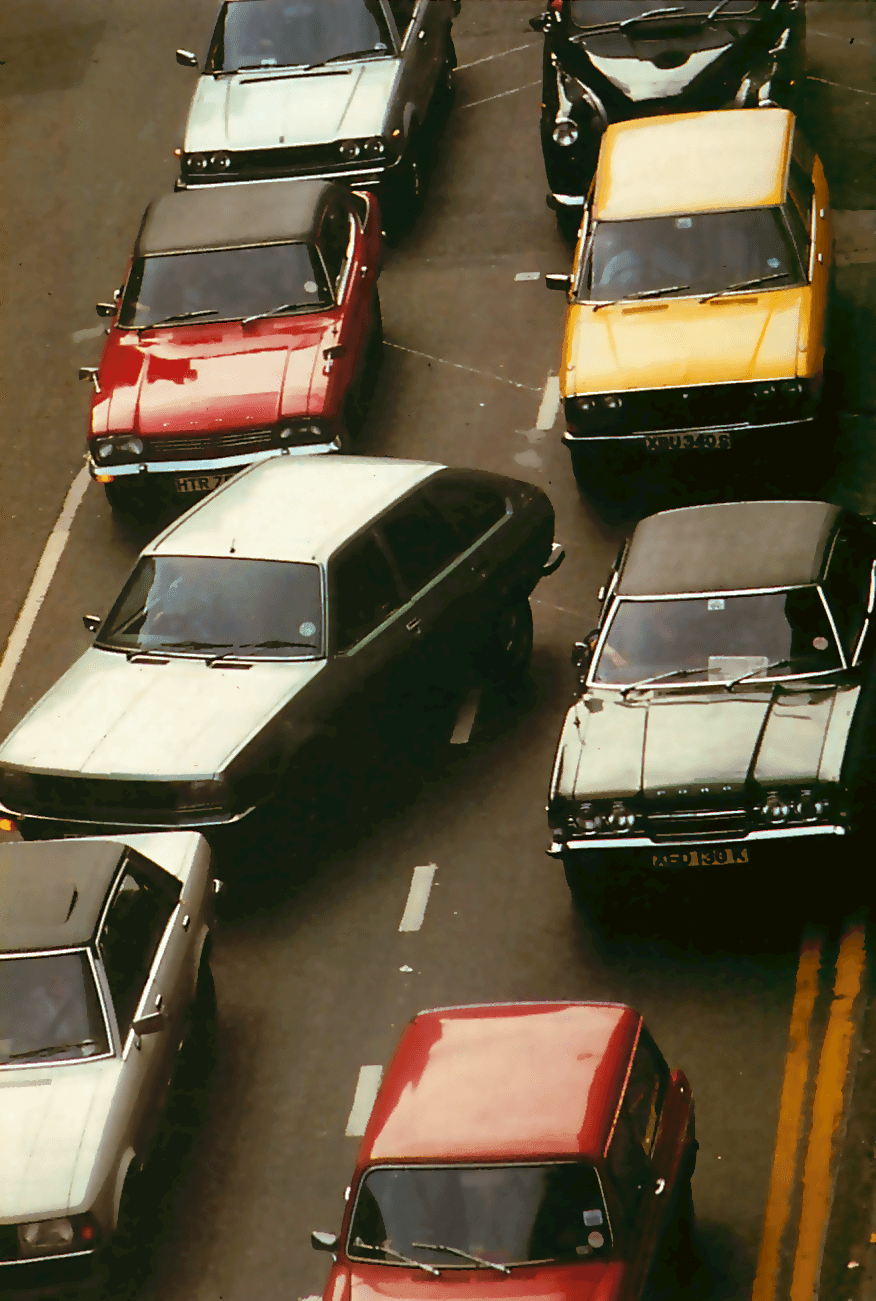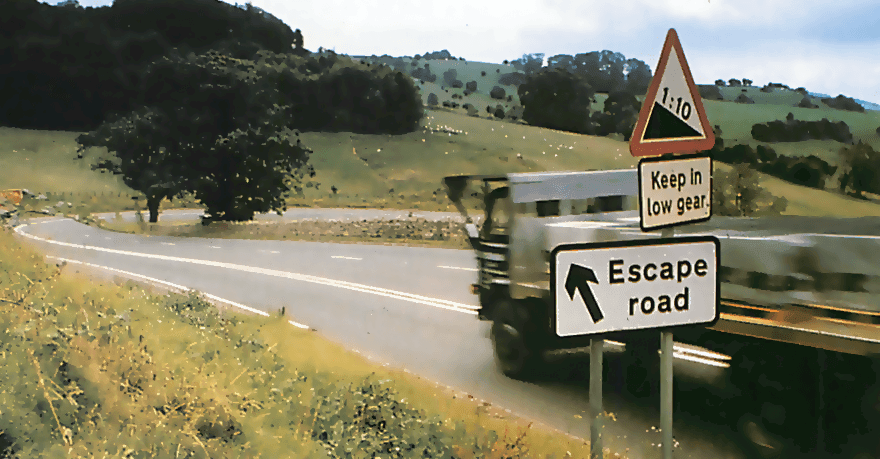How to avoid car accidents
The Video Course teaches you everything about modern cars.

Just as it takes two to have an argument, so it takes two, in most cases, to have a collision: one to cause it and the other to fail to avoid it.
Anticipation
To keep out of trouble you have to think ahead so that you can react to situations as soon as they happen. All the time, you have to be imagining what could happen, and deciding what you would do if it did.
Complete awareness of the whole road situation is necessary - if you don't know what the traffic behind you is doing you won't be able to stay out of its way.
This is why police drivers under training have to give a running commentary during their drive. The instructor wants to know that the pupil is aware that there's a car too close behind, that a child is running along the pavement on the other side of the road and may dash across, or that there's a car waiting to emerge from a side road on the left.
With experience, most drivers can take a good guess at what other drivers are going to do. For example, a car, badly positioned on the road and travelling needlessly slowly with its driver showing apparent indifference to other traffic, is probably the one which will suddenly turn right without a signal.
However, don't trust your intuition too much and begin a manoeuvre before you're sure what the other driver is actually going to do - just be ready for what you expect to happen.
Dense traffic
In heavy traffic, you need a view well ahead, so that you can see sudden braking two or three vehicles away and are ready for the cars directly in front to slow down.
In dense traffic situations on motorways, it's better to progress in the middle or nearside lane, rather than 'tailgating' in the overtaking lane which often carries more traffic. That way you can leave a bigger distance between yourself and the car in front.
Town driving
In towns the most likely causes of accidents are people pulling out in front of other traffic streams and people not observing traffic lights. As you pass stationary cars, check for flashing direction indicators and front wheels turned towards the lane you're in - these are indications that the driver is going to pull out.
At traffic lights, don't assume that just because you've seen a light which tells you that you can go means that another driver has seen or obeyed the light which signals `stop'. Before you proceed over traffic lights, check that the traffic travelling in directions crossing your path have in fact stopped or are slowing strongly enough to indicate that they will do so.
Country roads
On out-of-town roads, speeds are higher and there's more opportunity for a mistake on any driver's part to have serious consequences.
Approaching a blind corner, for example, you have to foresee the possibility that a car will appear on the wrong side of the road, overtaking another vehicle. In these situations, you need to be thinking what to do if the other driver does not leave you enough room in time. It's usually possible to get three cars across a road at a squeeze, but in these situations it's better to slow down, perhaps blow your horn , and be ready.

The Ultimate Car Mechanics video course
Learn everything about modern cars from our new video series.
Learn more >-
We build a Mazda MX5 Miata from scratch
We start by tearing down and then rebuilding the whole car.
-
Every part explained
There's ridiculous detail on every part. Clearly and easily explained.
-
All modeled in 3D
We've created the most detailed 3D model ever produced so we can show you everything working.






